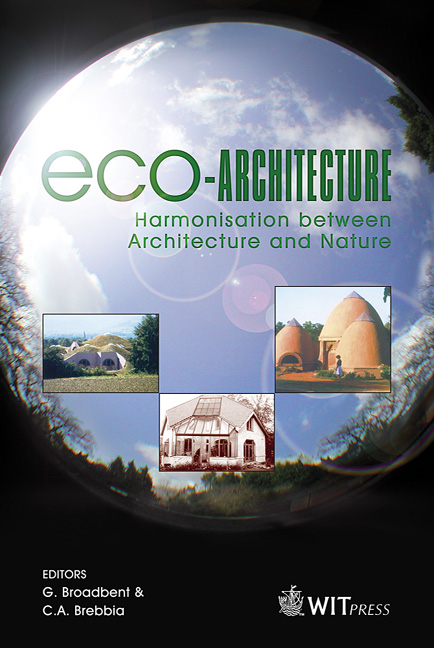A Methodology For Sustainable Design Analysis Of Large Scale Buildings
Price
Free (open access)
Transaction
Volume
86
Pages
10
Published
2006
Size
1,116 kb
Paper DOI
10.2495/ARC060191
Copyright
WIT Press
Author(s)
R. Richarde & R. Ibrahim
Abstract
Long-term sustainability—including maintenance, operation, and life cycle cost analysis—should start during the concept design stage where most critical decisions are determined. This paper provides advice for owners, facility managers, and designers to optimize sustainable design options. Furthermore, by front ending the costs for implementing those design options, owners return on their investments are likely to be long term, they are likely to have reduced operational maintenance costs, and are likely to have an increase in global energy conservation. This paper proposes how to formalize a \“Sustainable Methodology” (SM) to facilitate effective contributions by decision makers during the early concept design stage of a facility development project. The SM framework has five phases: input, evaluation, summarization, synthesizing, and output. These phases are initiated by the owner’s preliminary architectural program and sustainable design goals, starting with site planning. The site planning elements are climate (macro- and micro-climate), orientation, use, function, shape/form, and surrounding (landscaping and buildings). The SM framework evaluates planning elements and suggests implementation options in harmony with environmental sustainability objectives. In addition, this paper describes how the SM framework was tested on a multi-story mixed-use development project during its site planning. Further studies can extend the SM framework to include other aspects of facility design such as envelope, structure, services, and space planning. Keywords: concepts, elements, phases, layers, components, scenario, strategy.
Keywords
concepts, elements, phases, layers, components, scenario, strategy.





